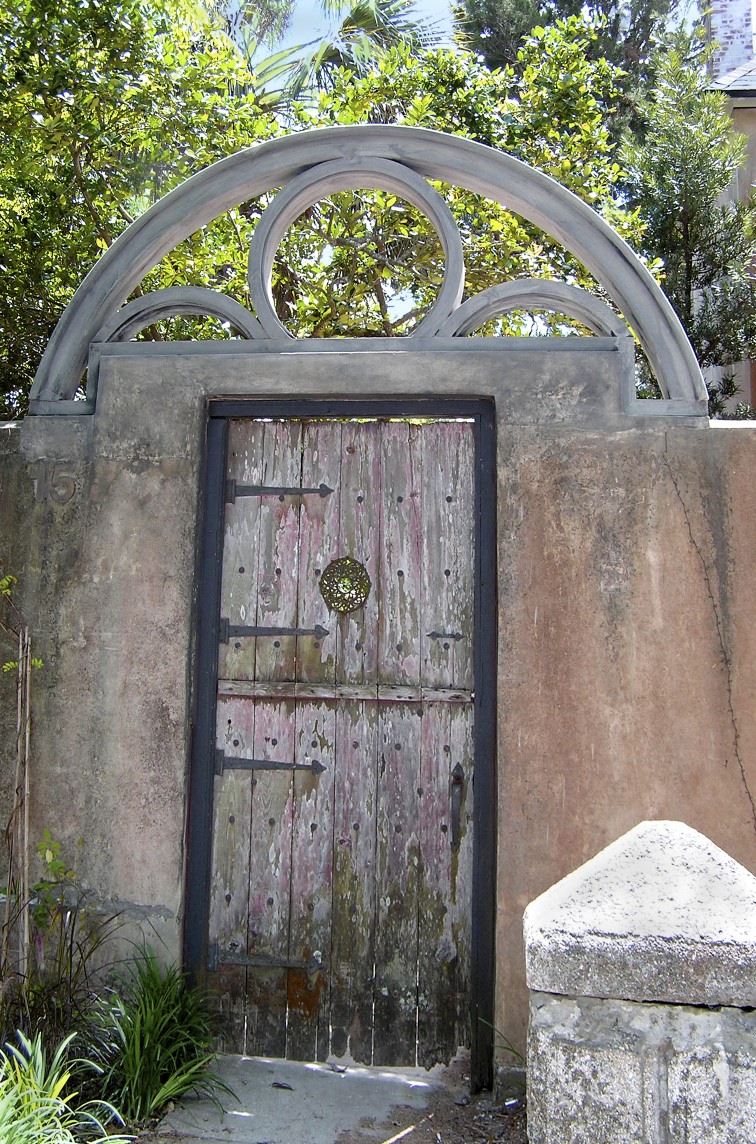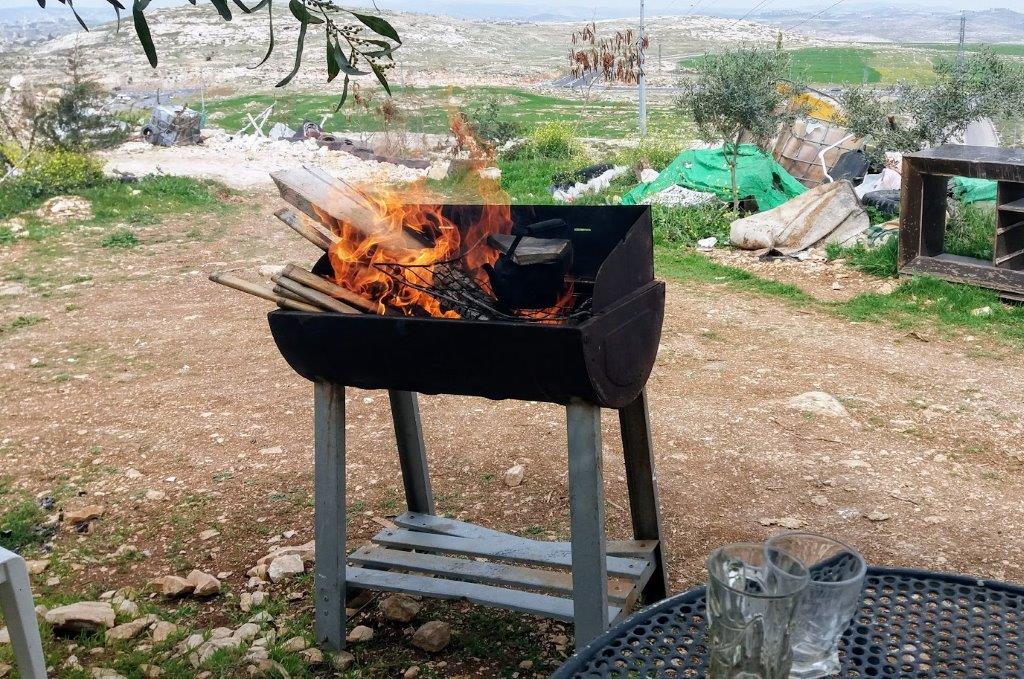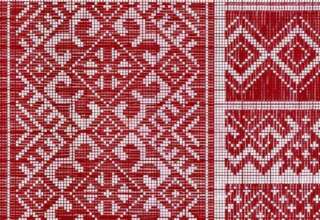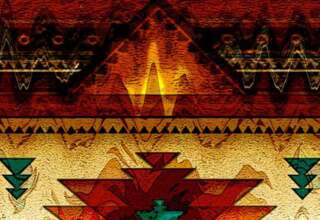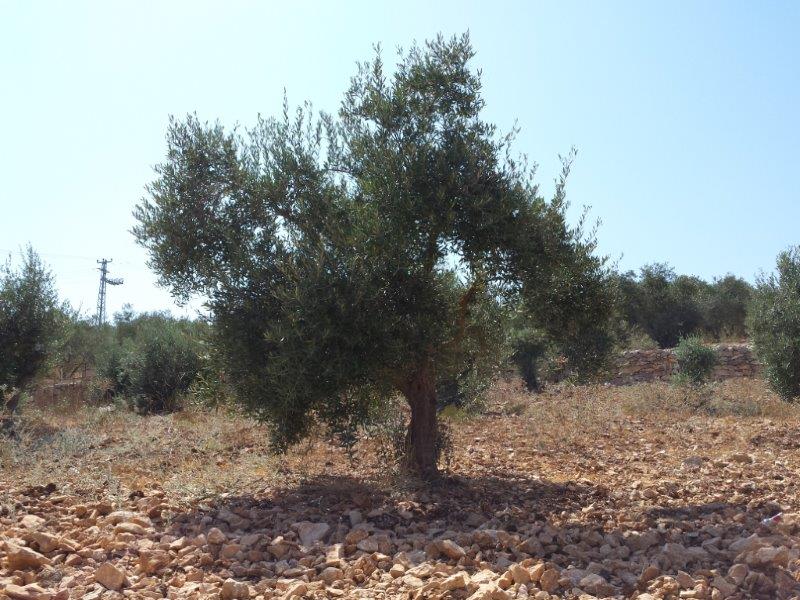
As regarding forms of communication, Arabs were described as making use of expressive body language and relatively loud in their speaking. In business, they may tend to a coercive style of interaction with subordinates. Furthermore, Arabs allow for relatively much bodily contact between individuals of the same sex, whereas public contact between individuals of the opposite sex is in many Arab societies not well accepted. Although Arab gender roles are changing, men are generally viewed as superior, and women in need of protection and guidance (Samovar et al., 2009).
Let us now take a closer look at the Palestinians. Palestinian Arabs live for the most part in the Palestinian Authority, Jordan and Israel, though substantial numbers live in Syria, Lebanon and other countries. In the context of the present study, I will refer only to those living in the Palestinian Authority. The population of the Palestinian Authority consists primarily of Muslims; Christians and others comprise less than two percent of the total population (Palestinian Central Bureau of Statistics, 2009). Palestinian culture is seen as an honor culture (Baxter, 2007; Robinson, 2008). The centrality of honor seems part of the Palestinian social unconscious. When honor is at stake, other options of experience, perceiving or coping may be overlooked.
For the Palestinian Arabs, enduring forms of violence, trauma and resistance became central aspects of daily life and culture. (Allen, 2008) wrote as follows about life in the Palestinian Authority:
The second Palestinian intifada against Israeli occupation, which began in September 2000, saw Palestinian areas repeatedly invaded and shelled by Israeli forces. […] Commemorative cultural production and basic acts of physically getting around that became central to the spatial and social practices by which reorientation and adaptation to violence occurred in the occupied Palestinian territories. […] Memorialization that occurs in storytelling, in visual culture, in the naming of places and moving through spaces is one way in which this happens. The concept of “getting by” captures the many spatial and commemorative forms by which Palestinians manage everyday survival (p. 453).



